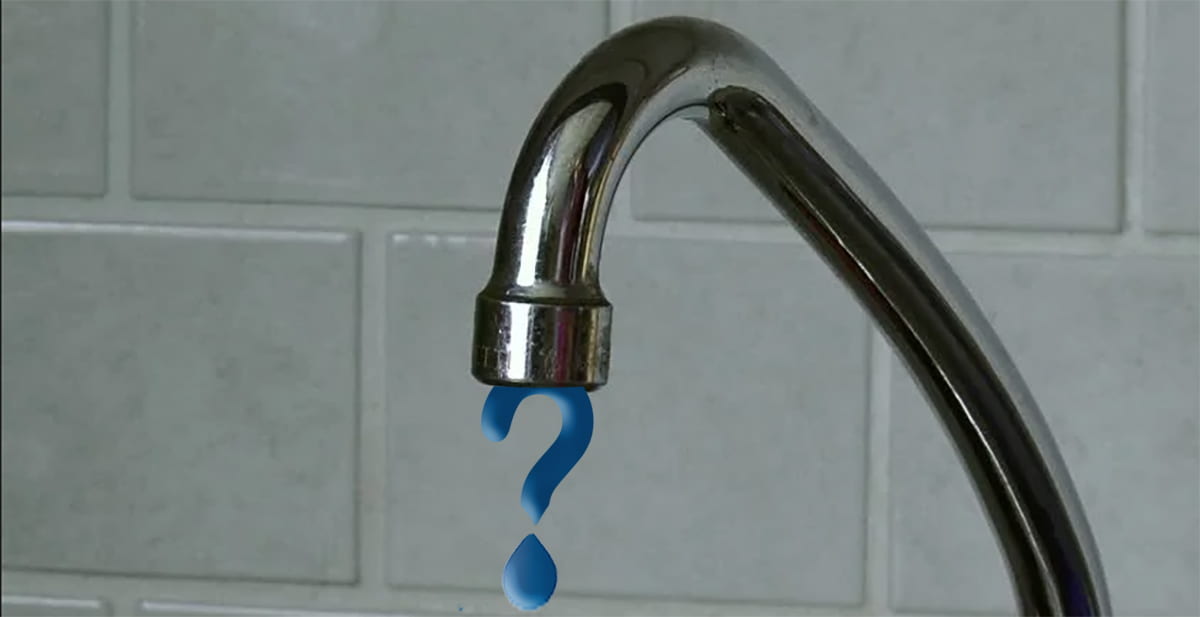Congress: Guarantee the Right-to-Know Drinking Water

This article first appeared in the December 29, 2021 edition of The Hill.
In yet another extreme drinking water incident, U.S. Navy personnel in Pearl Harbor, Hawaii suffered stomach pain, vomiting and diarrhea before laboratory analyses found gasoline and diesel products in their water. More than 3,000 residents were forced from their homes, most for the holidays.
With the Flint, Michigan water crisis in the nation’s rearview mirror, contaminants in drinking water have become a mere fact of American life: toxic PFAS (perfluoroalkyl substances) in Newburgh, NY; the industrial solvent 1,2,3-Trichloropropane in Ceres, California; the heavy-metal lead in Benton Harbor, Michigan; and scores of other incidents across the nation.
Frightened water consumers ask why they are not alerted before toxins reach their homes — a cry in the wilderness of government agencies scrambling for answers.
The aging 1974 Safe Drinking Water Act is at fault. Congress must reform the law to guarantee the public’s right-to-know the quality of their drinking water in advance, and foster the technologies that will protect that right.
Protection from waterborne pathogens and toxins is a race against time.
Technological protections are commonplace in 21st-century life: cell phones deliver storm alerts; car sensors predict collisions; motion detectors trigger front-door cameras; NASA even reports asteroid near-misses.
And yet, automatic alerts are not provided to the public before poisoned water flows from their taps.
The U.S. Environmental Protection Agency seemed on the right path in 2008, pledging to be “guided by the premise that consumers have a right to know what is in their drinking water … before they turn on the tap.” By 2011, it had reversed course, allowing community water systems six months to report the previous year’s water quality, and either one day, one month or one year to report water quality violations, depending upon relative risk.
EPA was wrong to retreat. “Right-to-know” has ample precedent in policies that protect public health and safety: product labeling, workplace hazards, tobacco warnings, toxic waste site locations and more. But EPA is also constrained by the 1970s mindset of the act. Ignorant of the real-time monitoring technologies to come, the law’s congressional authors were focused on traditional laboratory analyses that can take days.
Five decades later, the consequences of that limited vision are dire. Chemically-laced drinking water can cause violent illness long before lab results return, as in Pearl Harbor; lead accumulates rapidly in the bodies of children, as in Flint, Michigan; virulent pathogens can begin infecting a community within hours, as in Milwaukee, Wisconsin in 1993, when the parasite cryptosporidium sickened 400,000 water consumers and killed 100.
The health and lives of millions are at stake. Time is not on our side.
Today, waterborne illnesses due to pathogens in drinking water are endemic in the U.S., numbering 19.5 million cases annually, according to Kelly Reynolds at the University of Arizona. EPA epidemiologist Stephanie DeFlorio-Barker reported that 90 million illnesses were caused by recreational waters, many of which are also drinking water sources.
And the threat of toxins is on the rise. A search of the Environmental Working Group’s Tap Water Database finds contaminants in all 50 states and Washington, D.C. The Natural Resources Defense Council warns that 20 million people risk lead exposure from old water lines.
Protection from waterborne pathogens and toxins is a race against time. When they invade one of the nation’s water systems, as they inevitably will, immediate detection is an absolute necessity. And although real-time water monitoring is a young field, new methods for sensing technologies and warning systems for a full range of contaminants are possible — American companies lead the industry, and universities, such as mine, are also developing new methods.
The recently signed Infrastructure Investment and Jobs Act addresses drinking water access and infrastructure repair, but not water consumers’ rights nor the specific innovations that will make them possible.
Continuing large-scale investments in real-time monitoring development, and an assurance of the public’s right-to-know are not realistic unless formally recognized in a federal law with regulatory teeth. A financial package does not have long-term policy value.
Congress must amend the Safe Drinking Water Act to establish a “best available technology” goal for real-time water monitoring, as it established for industrial discharges in the Clean Water Act. It must declare the right-to-know water quality a U.S. policy; require automated health warnings to water consumers; create a research and development fund to innovate detection technologies; implement business incentives to grow the real-time water monitoring industry; and direct EPA to convene a national meeting of health and technology experts to identify innovation priorities for the next decade.
Federal lawmakers are duty-bound to look beyond the limited vision that constrained their predecessors of five decades ago. The health and lives of millions are at stake. Time is not on our side.
John Cronin

John Cronin is Director of Blue CoLab at Pace University’s Seidenberg School of Computer Science and Information Systems.
Recent Posts
What can machine learning teach us about water that we don’t already know?
Traditional analyses cannot handle vast amounts of water data. Machine learning can uncover vital information about water that would otherwise go undetected.
What Everyone Deserves: Real-Time Water Data
The Flint, Michigan water crisis alerted the public to how little we know about our drinking water and how late we learn.
The Dark Waters of Parkersburg, WV: A Warning to Us All
Advanced warning systems about drinking water contamination could save millions of people from exposure to dangerous contaminants.

